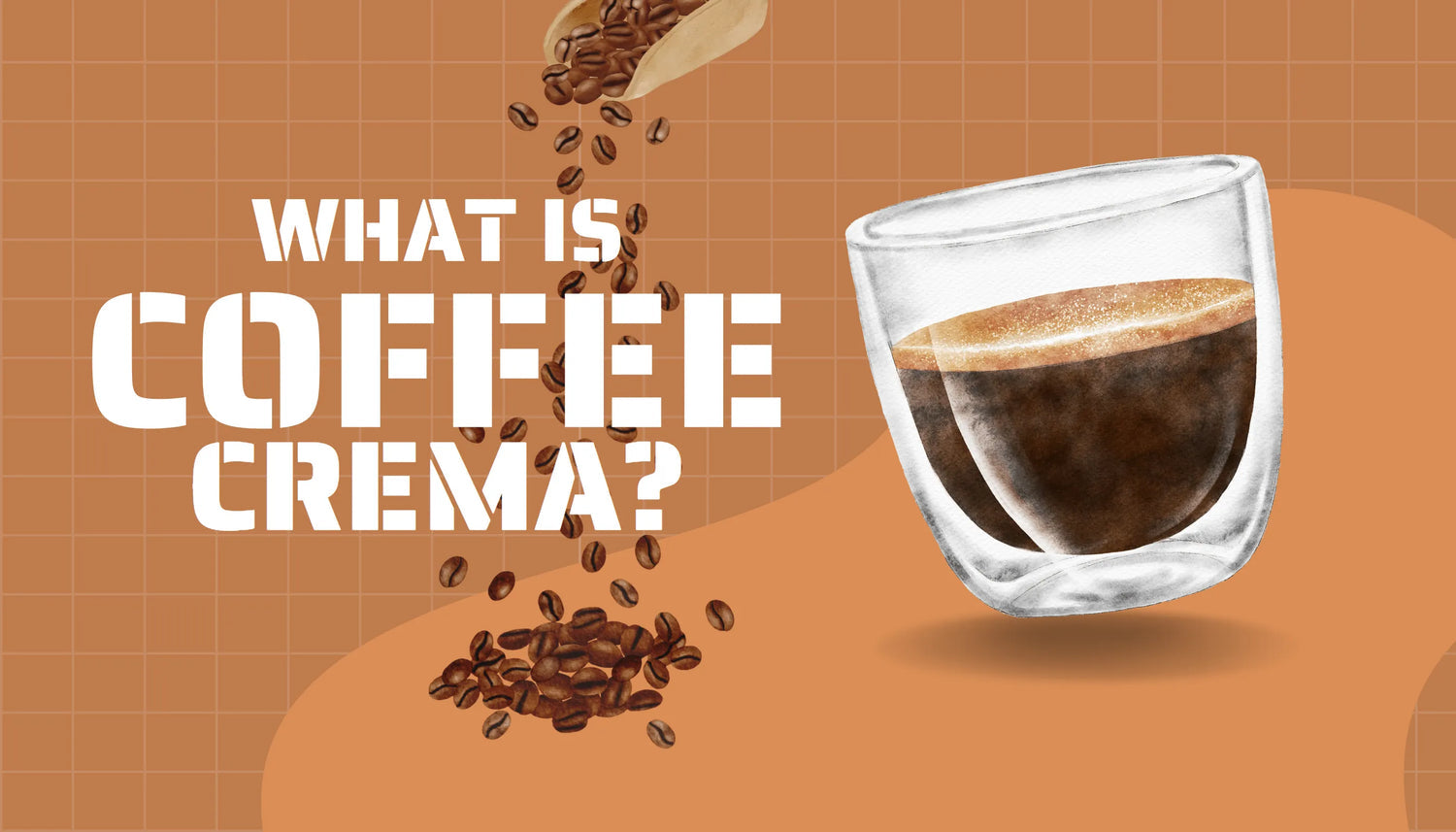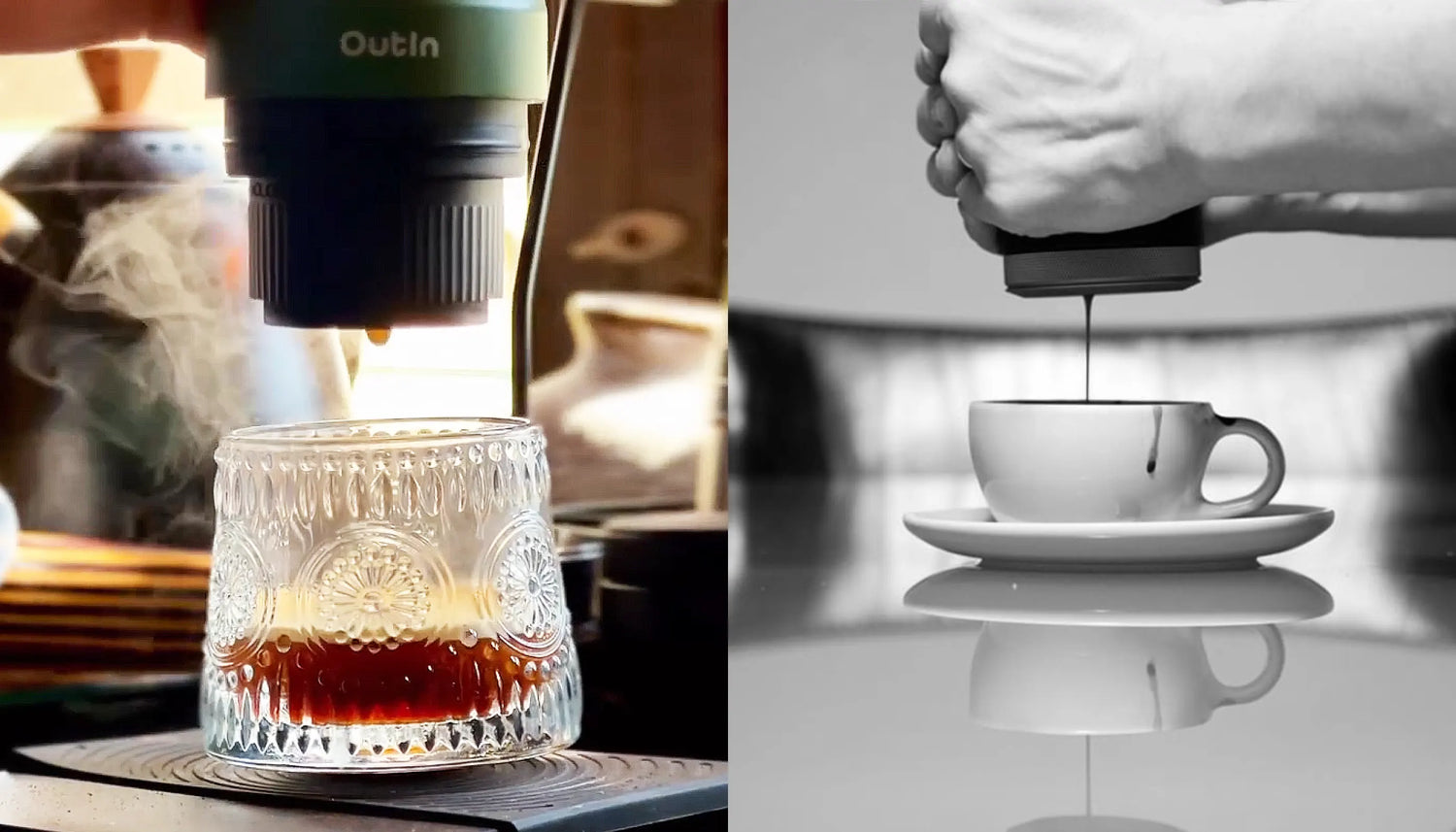What is Crema?
You may have heard the term “crema” used before but been unsure what all those baristas were talking about. Or perhaps you’re curious about what makes the top of an espresso shot resemble the foaming aesthetic of a Guinness beer.
Crema is the foamy golden-brown top layer of the coffee expresso. When shaken, it has a cream-like effect. If you look closely, there are dense holes. This is secret to the smooth and mellow taste.
Then where comes from Crema?
The water, when heated and pressurized, extracts the soluble substances from the coffee powder layer, a process that emulsifies the fats and oils naturally present in the coffee. At the same time, freshly roasted coffee beans are rich in carbon dioxide, which is pressurized and melted into the coffee during the coffee making process.
When the hot water passes through the coffee cake and comes out of the powder bowl, it can quickly go from 9 atmospheres back to the normal 1 atmosphere pressure. Because of the pressure gap, the carbon dioxide expands, and the oils envelop the carbon dioxide in the process, forming foam. At the same time the black-like essence in the coffee gathers around the carbon dioxide, promoting surface tension and making the foam formed more stable. Finally, the oil, which is lighter than water, creates that thick layer of oil on the surface of the coffee.
How to make the perfect crema?
Generally, good crema is usually a thin layer about 1/4 of the coffee liquid which can last for several minutes.
Main factors that can affect expresso crema:
Water temperature. Water that is too cold will produce a sour taste and often a lighter crema color. Water that is too hot will burn the coffee oil, creating dark flecks in the crema and producing bitter tasting coffee. Crema can tell you how good your extraction was, so pay attention to it.
Coarseness of the grind. The correct grinding method is key to making the best crema. Preferably, the grind is fine enough that tamping the grounds down (30 lbs of pressure) by giving 25 second shot.
Bar pressure. This will also decide the quality of coffee. When hot water permeates the coffee grinds, the water reacts and becomes supersaturated with CO2. The higher the atmospheric pressure (bars) applied to the grounds, the more prominent this affect is. Which is why you get crema in an espresso, but not in drip coffee. Equipped with 20 Bar pressure pump, Nano portable electric espresso maker brews coffee with unbelievable crema that is comparable to any countertop machines, delivering a silky smooth-tasting espresso, so Outin Nano portable espresso maker can be your ideal assistant to produce perfect crema.
Roast level and freshness. Crema exists because of the freshness of the coffee, related to its roasting. It contains the gases we find from roasting, such as carbon dioxide and nitrogen. If you scoop out a coffee that is a few months old and brew it as an espresso, there will be very little crema. In conclusion, if you want crema, you need fresh coffee.
Now that you know what crema is and which one is perfect, take your Outin Nano portable espresso maker out for a spin, and get to work on getting that perfect crema!




Leave a comment
This site is protected by hCaptcha and the hCaptcha Privacy Policy and Terms of Service apply.